Construction industry collapses: Building home costs blow out by $40,000 and $100,000
A builder insider has revealed that outrageous price gouging is contributing to the instability in the industry as costs blow out by up to $100,000 per job.
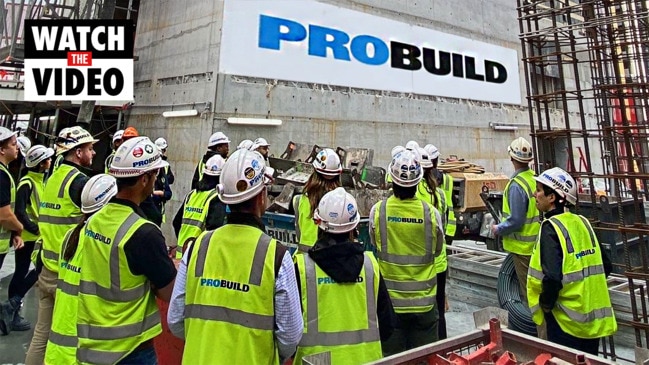
A building insider, who works for one of the largest construction companies in NSW, has warned the situation in the industry is only “going to get worse” after a string of collapses in the sector, as the price of building homes blows out between $40,000 and $100,000.
Mark’s* employer builds between 450 and 500 homes a year but he said “outrageous” price gouging from suppliers has helped send the average price of a house in NSW up from $330,000 to $440,000 in the last 12 months.
“This is really bad, especially in NSW. What has hurt just as much as Covid is the rain – it’s the final dagger on top of all these price increases that don’t seem to end no matter how strong a relationship or size of builder you are,” he told news.com.au.
“The saddest part is it’s mostly Australian manufacturers taking advantage of the lack of import plus supply and demand.”
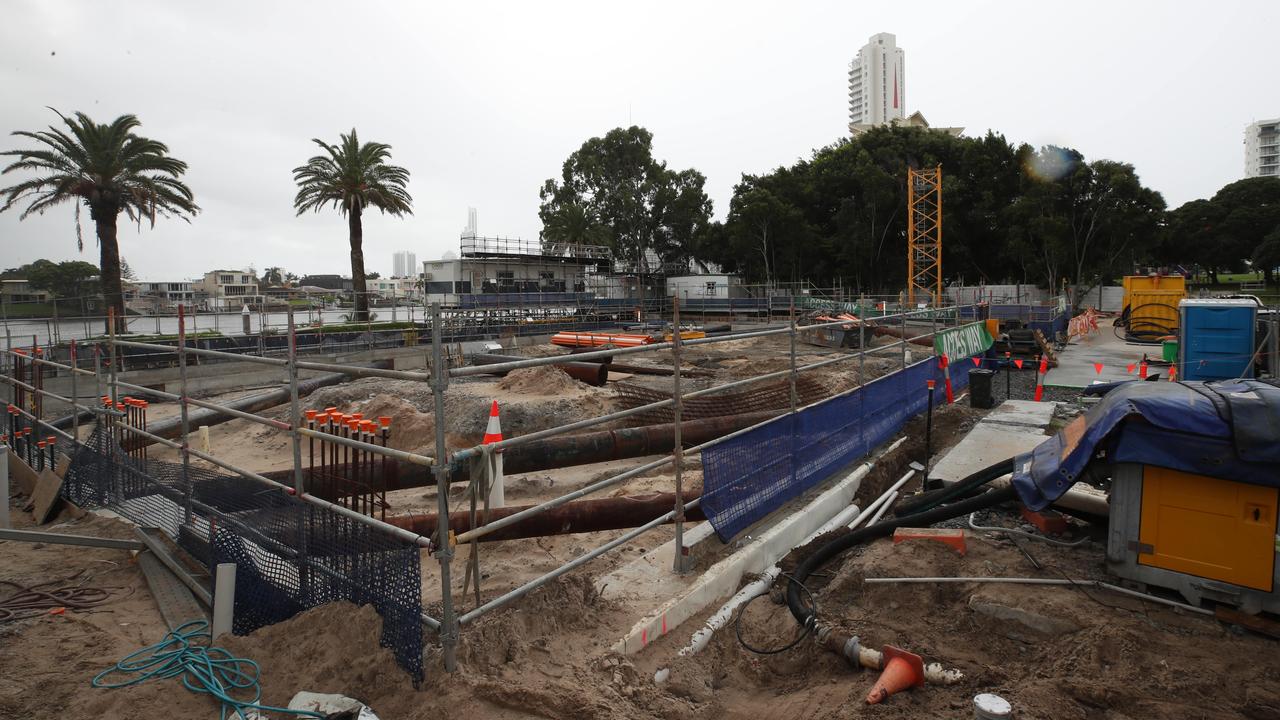
With 15 years experience in the building industry, Mark said customers have always demanded fixed price contracts and up until recently that wasn’t a problem.
“We have always been able to fix our prices with our suppliers for 12 months to two years previously, but now we are not seeing that. Suppliers are breaking agreements, they are coming to you with extraordinary price increases and compounding increases,” he revealed.
“Steel and timber is up over 60 per cent, anything that was imported so your bathroom ware and appliances up are 15 to 20 per cent and then throw in the labour side, the trades, bricklayers and roof tilers are demanding 50 per cent more easily and that’s just to keep them on your site.
“(Tradies) know they can easily walk off the job – forget about loyalties – they will walk off site and take more money for a retail job or another builder job for a week as they know there is nothing we can do.
“As a builder we have lost all our leverage and that’s when it becomes dangerous, it’s the start of something really bad and scary.”

He added it’s insulting that manufacturers and suppliers are “publicly bragging about profits” and it “hurts” when building companies are “begging” for support and prices to be fixed but instead are hit with “big increases”.
Mark said consumers are the ultimate losers from the situation.
He revealed a single storey house has jumped in costs by between $40,000 and $50,000 in the past 12 months and for a double storey it has risen by $60,000 and $100,000.
He added Australian family businesses are the ones that will suffer and he is hearing stories of businesses handing back contracts and pulling out of display villages.
“Builders are not here to gouge clients, the fact is they if don’t get more money they might not be here to finish a house and if customers go elsewhere they could pay an extra $100,000 to $120,000 to get the house finished,” he said.
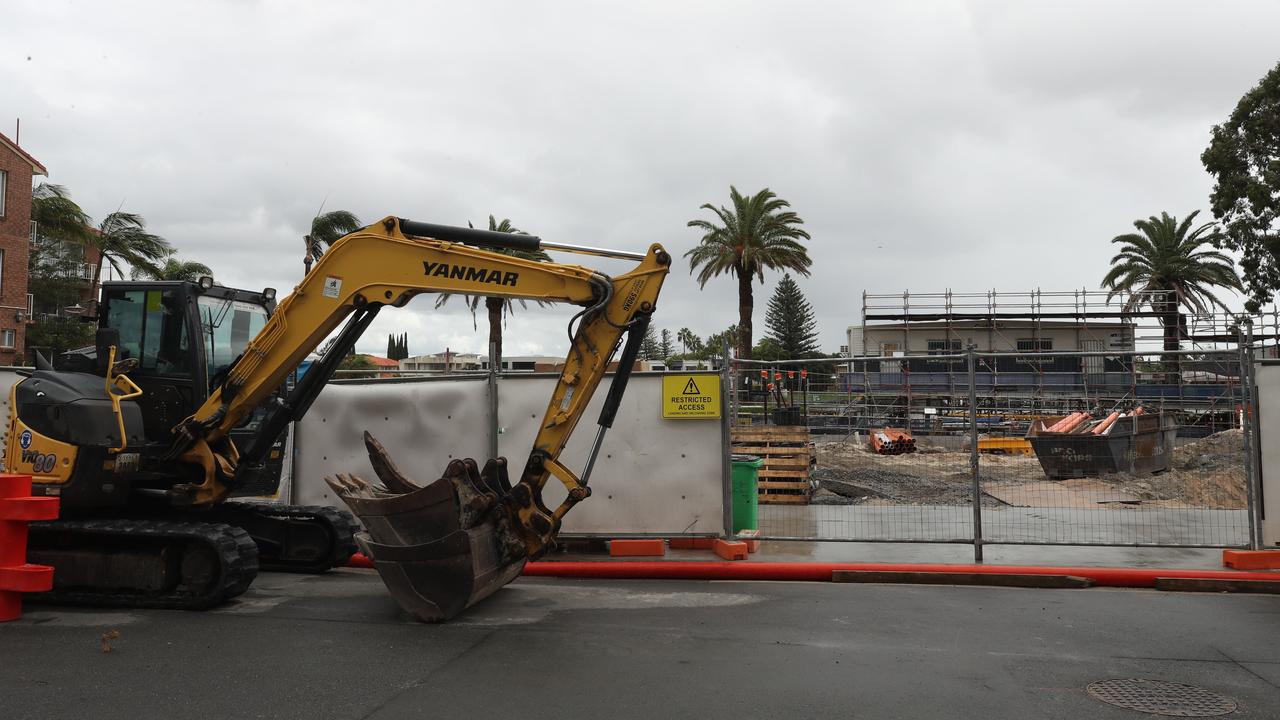
‘It’s insane’
A number of well known construction companies have collapsed this year and it’s sent shockwaves through the industry with millions owing to creditors, but there are warnings it’s only the “tip of the iceberg”.
Two major Australian construction companies including Gold Coast-based Condev and industry giant Probuild have already gone into liquidation this year, alongside smaller operators like Hotondo Homes Hobart and Perth firms Home Innovation Builders and New Sensation Homes.
High rise builder ABG Group also went into liquidation last year too, as well as Queensland outfit Privium Home which impacted more than 2000 home buyers and left creditors owed close to $43 million.
“The builders you are seeing going under now are the tip of iceberg, but the cash flow impact on builders is severe. There’s the rain, no margin in their jobs, they are probably not making money on a lot of homes built in the next 12 months and they will be lucky if they don’t lose money,” Mark explained.
“That’s the goal to just not lose money, to break even so we can keep the lights on, keep staff on and finish homes and try and recover after that.”
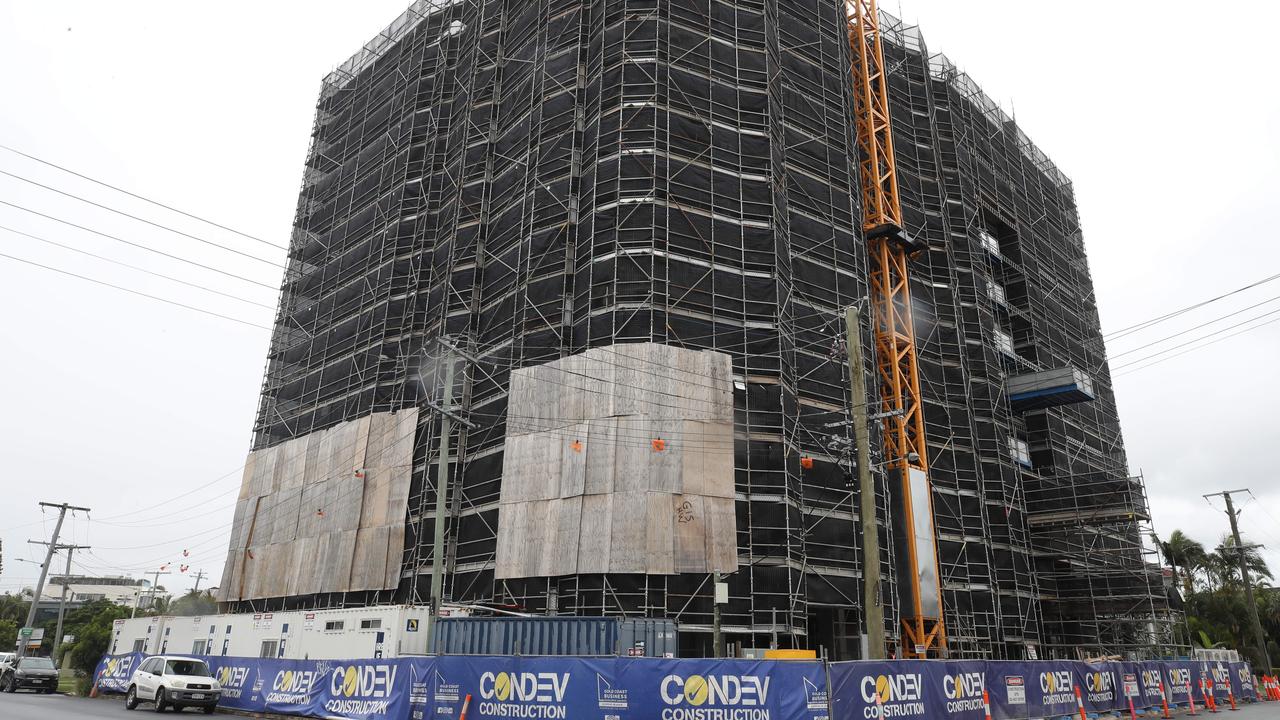
Builders aim to make 20 per cent gross margin so on a $400,000 home that’s around $80,000, Mark said, although staffing and rent has to come out of that figure too.
“There are not many builders making money at the moment – we are building them for practice and survival really,” he said.
“I know a number of builders calling clients that are in contract and in tender and they have to see if they will accept an increase that they are not legally entitled to. But owners of businesses are calling clients saying they might not be able to finish house otherwise and need a $50,000 increase, it’s insane.
“It’s desperation. And on the same day a large builder goes bankrupt, the government hands out million dollar grants to manufacturers reporting record profits. Work that out.”

Shocking rise in liquidations
Just two weeks ago, another construction outfit went under with $15 million in unpaid debts. Sydney-based builder Next, which specialised in aged care, student accommodation and hospitality and hotel projects, blamed recent flooding in NSW, labour and material shortages and project delays from Covid-19 as the reason it went into liquidation, reported The Australian.
Dozens of trades and other unsecured creditors were left owing $5 million, while employees were left short of $400,000 in entitlements although liquidators said it was a reasonable prospect they would see their money.
Next had been working on $35 million student accommodation project in Kensington in Sydney’s southeast, which is now in limbo, as well as a 100-bed aged care facility near Penrith.
Construction insolvencies were 28 per cent higher in March compared to last year in Australia, while the first quarter of 2022 has seen 270 construction companies falling into liquidation, according to credit reporting agency Equifax.
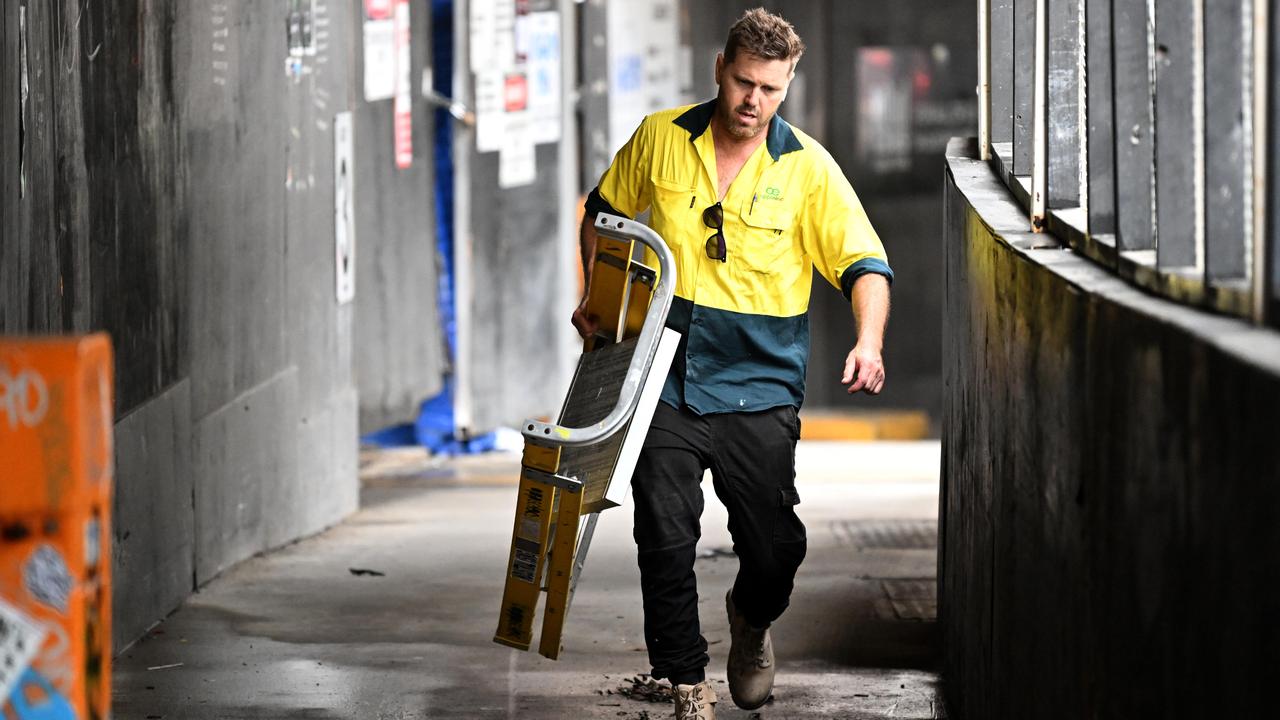
Scott Mason, general manager of commercial and property services at Equifax, said there is a hidden crisis as a result of the construction industry woes.
“Rising costs, disrupted supply chains and periodic lockdowns have created a profitless boom, with many construction companies committed to projects that are no longer financially viable thanks to major price increases for building materials,” he said.
“While big name collapses like Probuild and Condev have recently been in the news, what doesn’t often make headlines are the impacts of these events on the small businesses that make up the bulk of construction companies in Australia.
“According to Equifax data, directors in building construction and construction services are 30 per cent more likely to have mortgage arrears than the average consumer, while proprietors in building construction are 80 per cent more likely, and those in construction services are 100 per cent more likely to have mortgage arrears.”
He said the shocking statistics show the far-reaching impacts of insolvency.
“The flow-on effects to the whole ecosystem of suppliers and the people behind these businesses often go unseen,” he added.
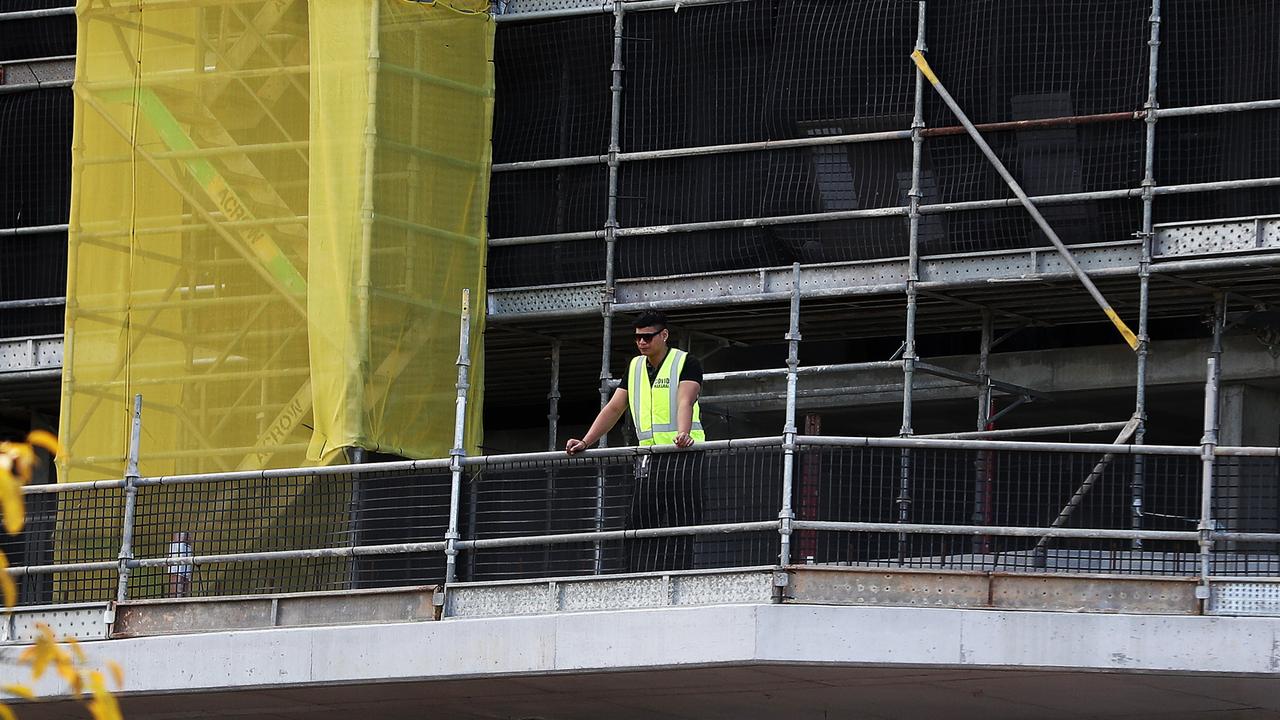
The impact on tradies
Les Williams is no stranger to the flow on impacts of construction company collapses.
He formed and heads advocacy group Subcontractors Alliance and runs his own business WK Civil, which lost $800,000 alone from a builder’s collapse back in 2013.
He said subcontractors supply around 75 per cent of the labour, materials and machinery to the building industry.
“As a consequence they provide millions in unsecured credit to builders and have to pay for the privilege. Tell me in what industry or sector that much credit is given on that basis? The bank doesn’t pay you to take out a home loan,” he told news.com.au.
“Most builder business models are akin to Ponzi schemes whereby today’s income pays yesterday’s debt.”
He believes Queensland and Western Australia are the “worst hit” by builders going into liquidation.

The Queensland-based subcontractor said there had been around 90 builders collapse in the Sunshine state since 2014 and claimed most traded insolvent for extended periods but had compliant building licenses.
“Materials supply delays and associated price rises have caused havoc with builders mostly all undercapitalised and not able to cope causing collapses. But it is the subcontractors who bear the brunt,” he said.
“In my opinion given the implications of Covid – material delays and price hikes were entirely predictable.
“The federal government made temporary changes to the Corporation Act around insolvent trading and safe harbour laws but failed to include mandatory rise and fall clauses to protect the industry from delays and price hikes. That put subcontractors in harms way. The winners are developers.”
Mr Williams was also scathing of builders associations, who he claimed “have sat on their hands and failed their members” by not demanding developers accept their fair share of this risk.
“It is also a failure of all governments including the Federal Government,” he said.
“To add insult to injury, the Federal Government stimulated the housing construction market creating, which only created more problems because builders enter into fixed priced contracts to sustain their business models, work on razor thin profit margins to obtain work and then get caught but pass the debt to subbies.”
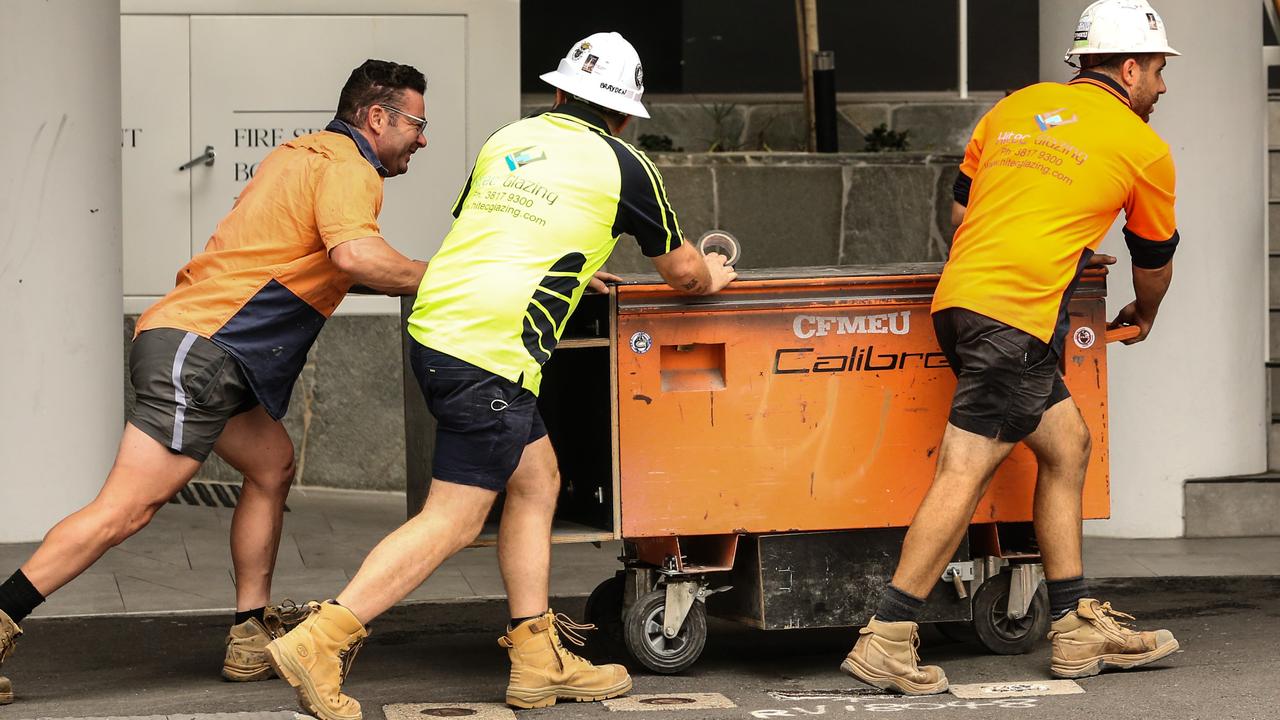
Broader risks for the economy
A healthy construction industry is vital to a strong economy and ongoing growth, with the sector accounting for the employment of almost 9 per cent of Australian workers and 7.5 per cent of Australia’s GDP, according to reporting bureau CreditorWatch.
“A crisis in the construction industry has the potential to flow through to wider industries,” said CreditorWatch chief economist Anneke Thompson.
“The importance of the sector to the economy cannot be limited to the physical build itself, but the ongoing financial benefit the end product provides.
“Failure to build enough hospitals, schools, roads and houses now because the industry is in crisis, will damage employment and economic growth years into the future.”
Increases in construction tender prices across Australian capital cities is expected for the next three years, Rider Levett Bucknall’s Tender Price Index Series has also showed.
*Name has been changed
Have a similar story? Continue the conversation | sarah.sharples@news.com.au






